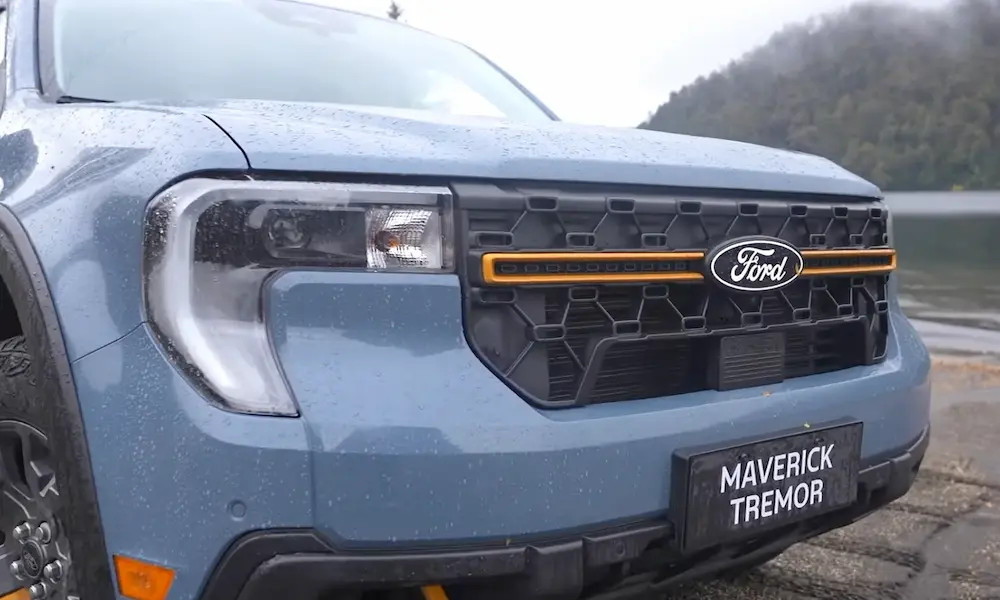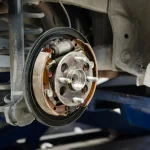If you own a vehicle in the US, then it must be 50 state emissions ready. This just means that your vehicle has to put out a level of emissions that are safe for the environment in all 50 states.
Many states have different emissions requirements. But if your vehicle reaches the 50-state emissions label, the vehicle is legal and sellable in all 50 states.
What is the 50 State emissions label?
Emissions are substances that the engine creates when it ignites a mixture of gas and oxygen to create the fuel that powers the vehicle. Emissions that are generated from our vehicles are dangerous to our environment and our health.
We still do not live in a world that is 100% emissions-free, even though emissions technology has changed over the past 100 years.
But our vehicles are becoming cleaner every year. The number of emissions that a new vehicle’s engine releases are diminishing slightly every year.
Every state, along with Washington DC and other US territories, has its own emissions requirement. All vehicles in that state must meet these requirements in order to be legal on the street.
When a vehicle passes an emissions test, also known as a smog test, the driver receives a sticker. They must place the sticker on their vehicle to show police officers their vehicle passed the test. If there is no sticker on the vehicle, cops can pull over the driver and the vehicle.
Also, the owner of the vehicle must complete a smog test every year. If they do not pass the test one year or they choose to skip it, their vehicle will not be legal to drive.
So now that you know about smog or emissions tests, what does the term “50 state emissions” mean?
When a vehicle meets the 50 states’ emissions check, it is legal to drive and all 50 states. States can pass their own emissions level requirements.
So if a vehicle meets the 50 states’ emissions check, that means the vehicle is legal even in the state with the highest emissions requirements.
Which state has the highest emissions requirements?
For at least a decade, California has had the highest admissions level requirements in the country and surrounding territories.
The top 10 states after California with the highest level requirements usually copy California’s emissions code and requirements. New York and New Jersey are often part of the top five states to have high emissions requirements.
Also, in California, if your vehicle does not meet the state’s emissions requirements, the owner cannot sell the vehicle. You can drive the vehicle until it is time to get another smog check.
But if it does not pass the California smog check, then you cannot drive it. You can only drive a vehicle that does not meet emissions requirements if it passes the special exemptions.
One of those exemptions is if the vehicle was obtained as part of a divorce or inheritance settlement.
If your vehicle does not pass the California state emissions check, then it may pass the 49th state admissions check. This just means that the vehicle is safe to drive in all states but California.
The manufacturers create vehicles specifically for California so they can sell their vehicles in the state. But they will create other models for the other 49 states that are not as clean.
However, some vehicles, like the Prius and some other hybrid brands, are so clean that they do not need separate models for California and for the rest of the country.
All 50 states have admissions requirements for vehicles sold in the US.
In order for a vehicle to go to market in the United States, it must meet the 50 states’ admissions requirements.
So all manufacturers that create vehicles in the United States or import vehicles to the United States must ensure that their vehicles meet the requirement.
What would prevent a car from not passing a smog check?
No vehicles can pass a smog check on the first try. I know a few people that have taken the smog checks six times and only on the six were they able to pass. Mechanics cannot pass people because they feel like it.
They have to report all smog check numbers to the government. They can give a vehicle a temporary waiver if it does not pass the test. The waiver lasts one year and they cannot get another waiver next year if they do not pass.
Here are a few reasons a vehicle does not pass an emissions check:
- You have not taken your vehicle in for an oil change in a while
- There’s an issue with the catalytic converter. The catalytic converter is one part the mechanic will test in a smog check. The function of this part is to reduce the number of emissions produced by the engine.
- Engine inside the oil is filthy as it turns the engine combustion dirty and creates more emissions that the catalytic converter cannot filter out.
- Your vehicle is not hot enough. Most manufacturers recommend driving your vehicle for 30 minutes before undertaking the emissions test.
- We have an oil leak somewhere in your vehicle which is making normally clean Parts in the engine dirty.
If all vehicles sold in the US have to pass a 50-stage smog emissions check, then why do we need yearly checks?
Yearly checks exist for two primary reasons. The first reason is that the yearly requirement for the 50 state’s emissions checks changes with new technology.
The second reason is that as we use our vehicles, they become less efficient. A brand new vehicle and a 10-year-old vehicle of the same model and brand will put out different levels of emissions.
Conclusion
A 50-state emissions label means the vehicle is legal to drive, sell, and register in all 50 states. Every state can set its own emissions requirements. California is the state with the strictest requirements.
If a vehicle does not pass the smog check, maybe the oil in the engine is dirty or it needs an oil change. You will need to run your vehicle for 30 minutes before undertaking a smog check.















